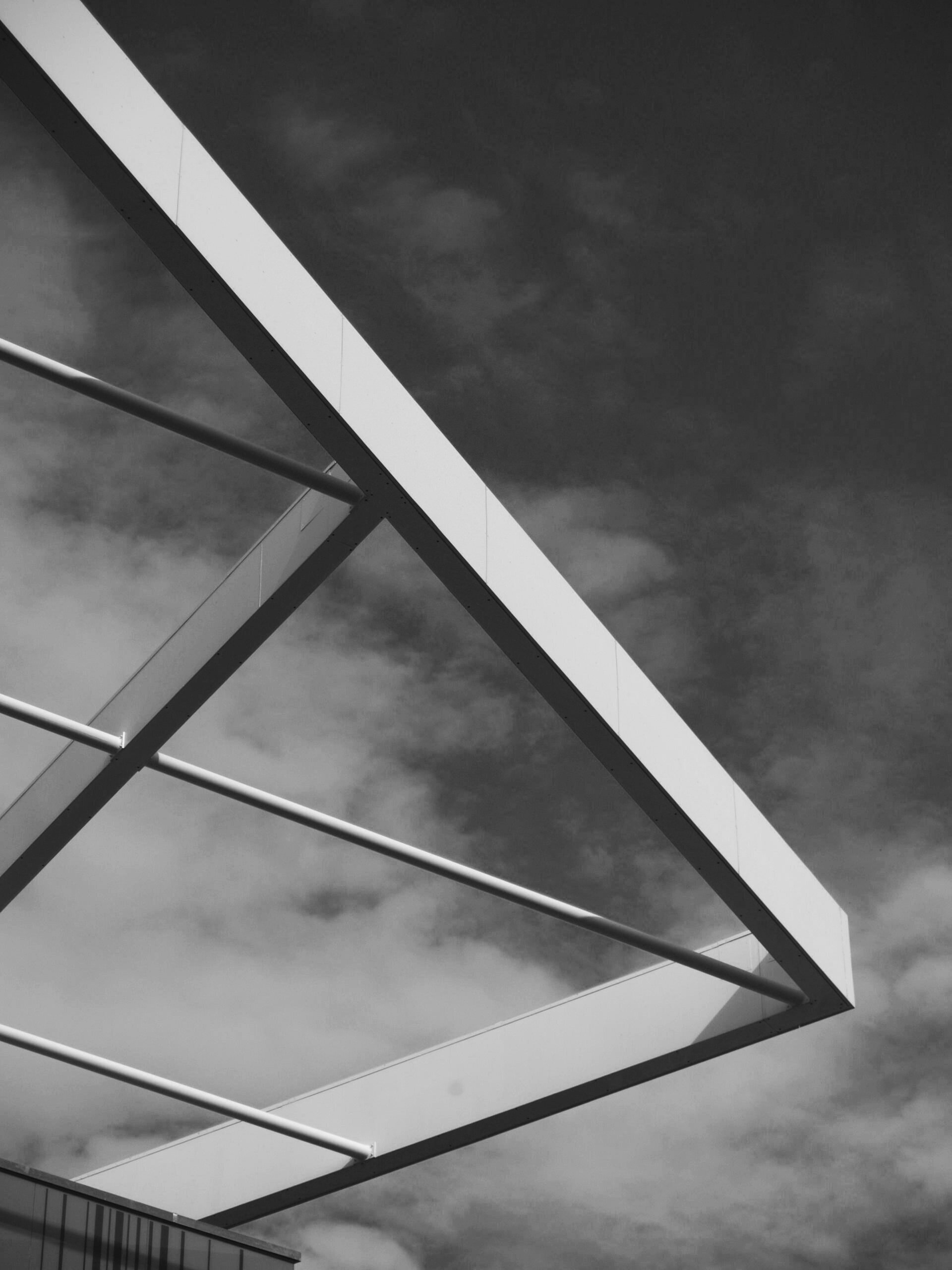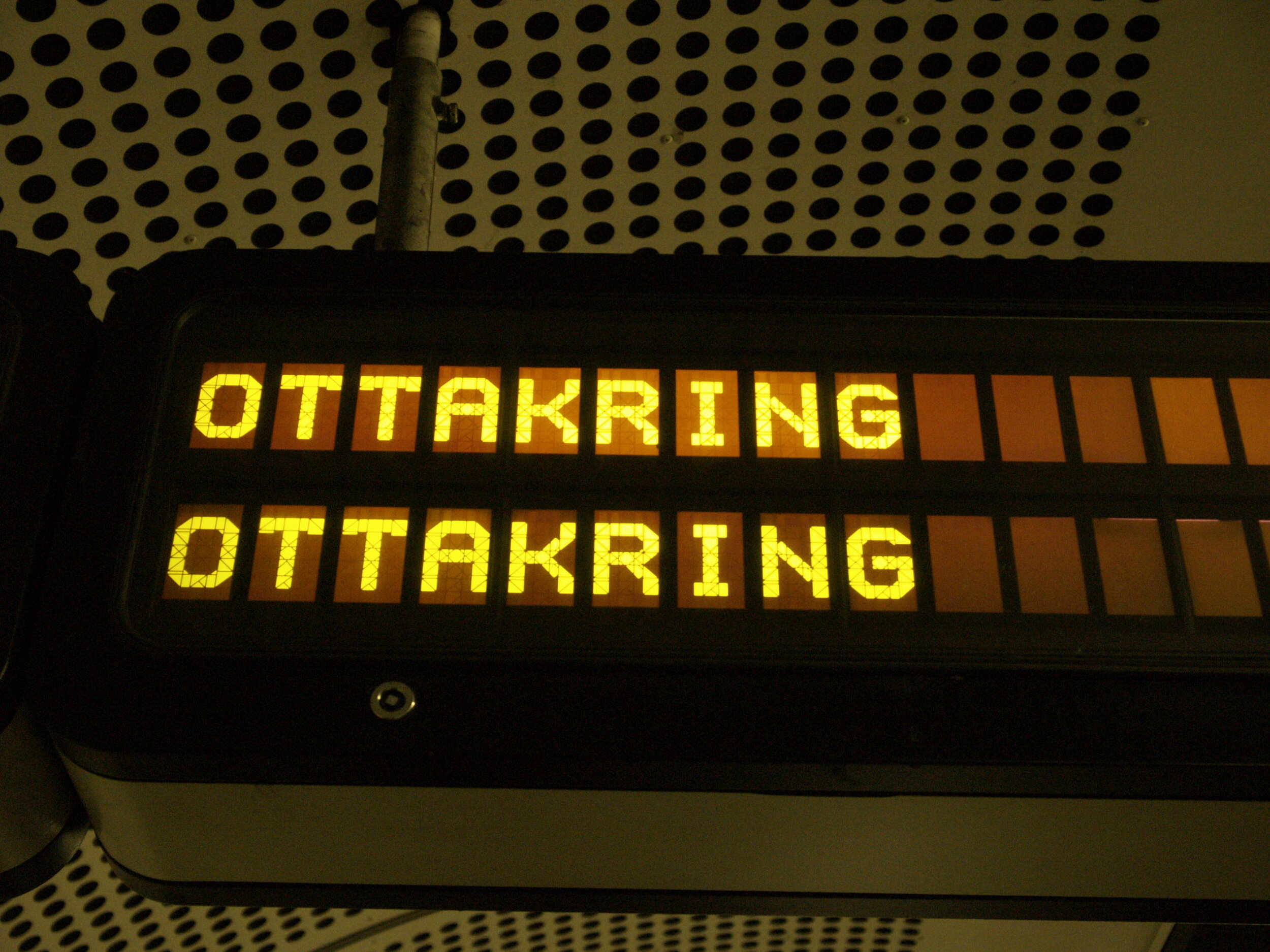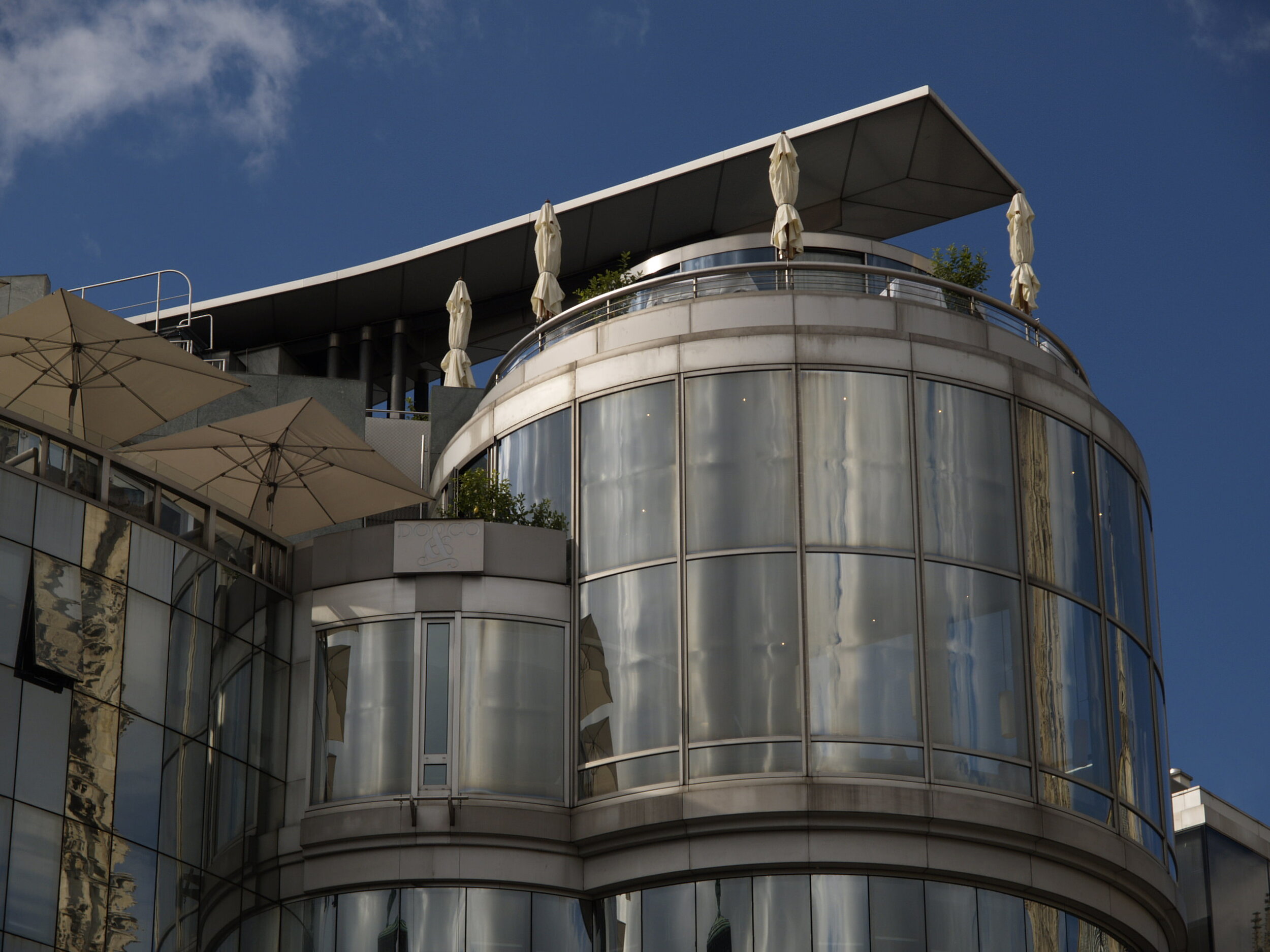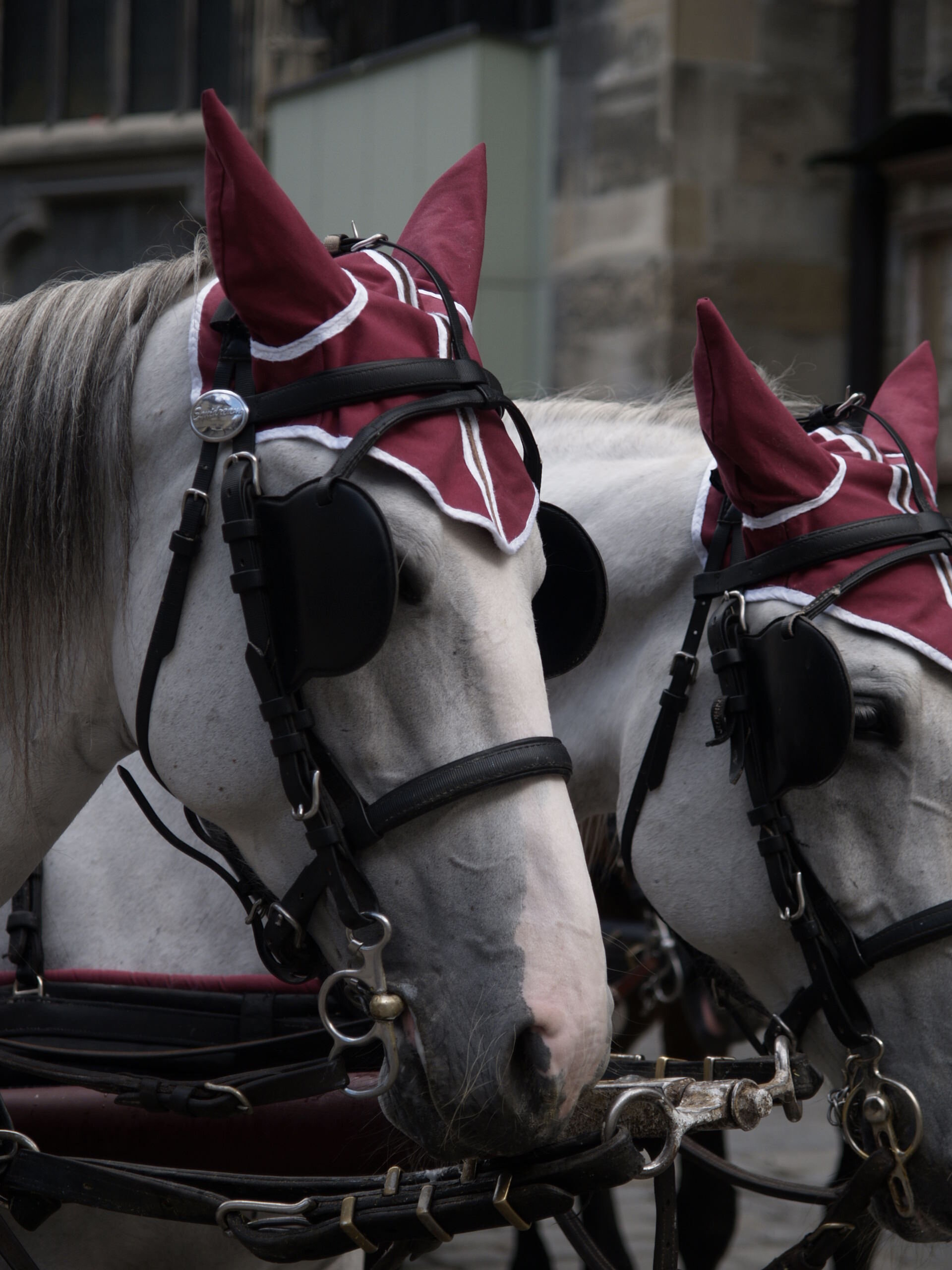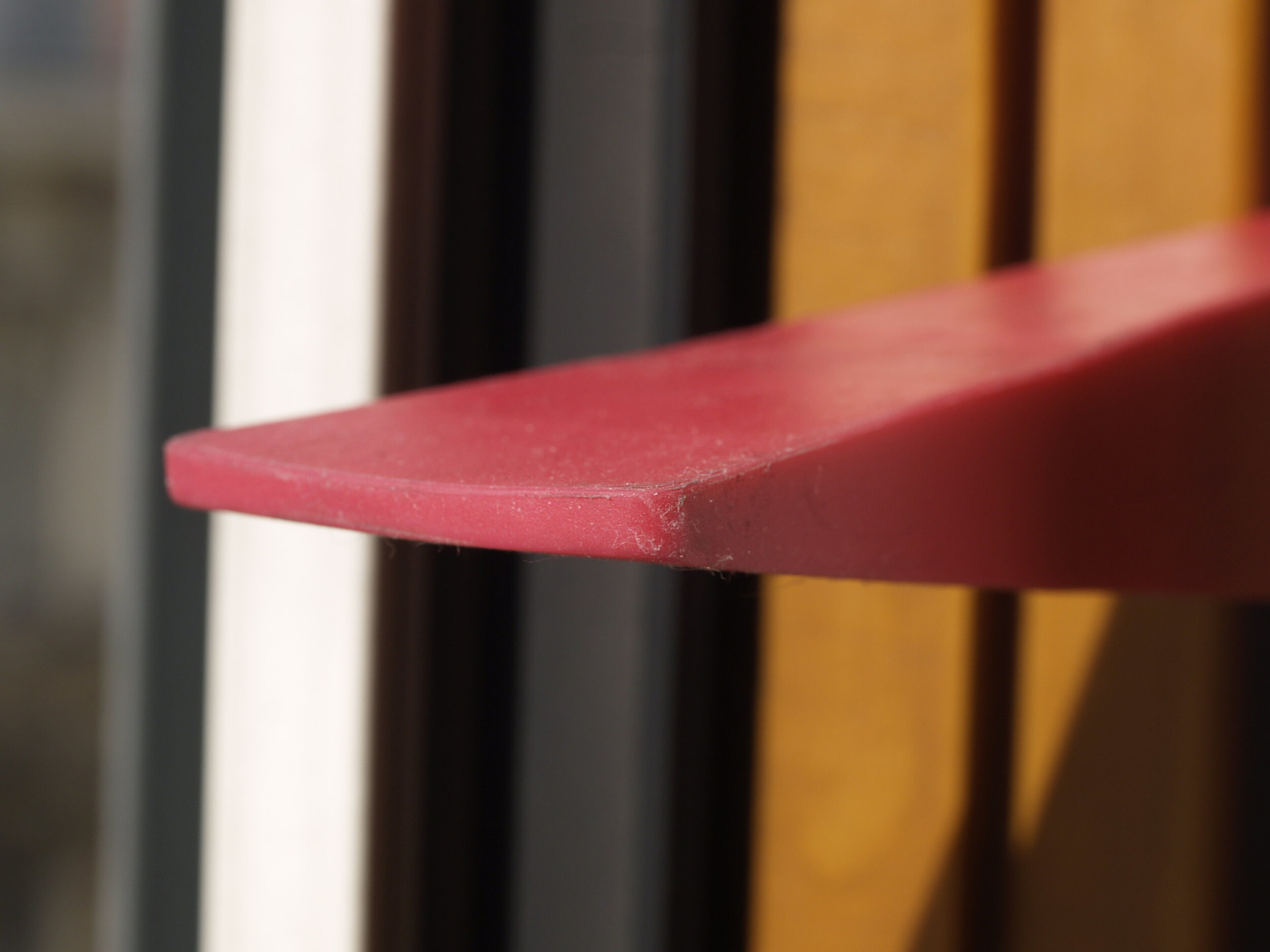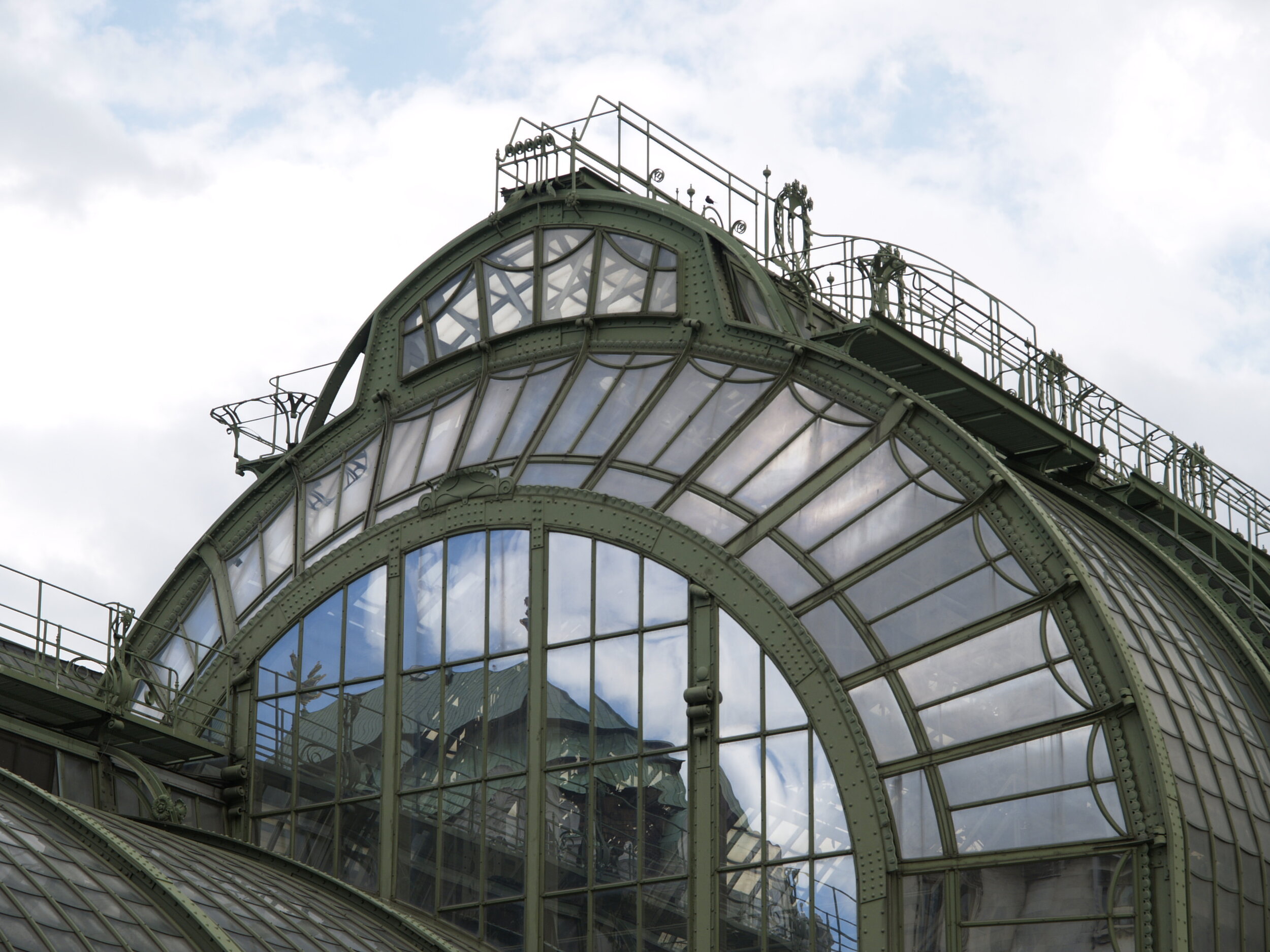Olympus E-1
Overview
The Olympus E-1 was introduced in 2003 as the first DSLR designed from ground up for digital photography and introduced the FourThirds standard to the photographic world. It was marketed as a professional camera and was succeeded in 2007 by the Olympus E-3. The E-1 features the Kodak KAF-5101C 5 megapixel CCD sensor which is famous for its great color rendition. The magnesium-alloy body of the E-1 is weather sealed and designed to withstand all sorts of abuse.
Olympus E-1 with the Zuiko Digital 14-54 f/2.8-3.5
Shooting Experience
The Olympus E-1 is a capable, well designed professional camera. The button and dial placement is very convenient and every one of them feels very solid. Plenty of dials and buttons make sure that you do not have to go to the menu for changing any important setting, there is even a dedicated button for capturing the white balance. If you are used to professional Olympus SLRs or newer professional DSLRs, you notice one major difference when looking through the viewfinder: The image you see is not as big as you would expect from a professional camera but yet very bright. I am used to the big bright viewfinder of Olympus' OM series, which is so big that you cannot really see all of it at once without shifting your view. This is not an issue with the E-1. It is just small enough to see the whole image area and the shooting information displayed below. This can be an advantage when trying to frame properly under time-critical conditions. The shutter release is very quiet and the mirror is dampened well.
Compact design - the lens is placed n the far left side of the camera.
One of the big downsides of the E-1 is that it only features three Autofocus-points. Nonetheless, AF is reliable, accurate and fast when using the center cross point. The two other AF-points to the left and right are accurate as well but require horizontal lines to or a slight turning of the camera when focusing on vertical lines. The Continuous AF is suitable for sports photography, but the hit rate on fast moving subjects is significantly lower than with recent DSLRs. Continuous drive mode offers 3fps with a buffer of 12 pictures for any type of format.
The camera can record TIFF, JPEG, JPEG+RAW and RAW file formats. Automatic white balance is reliable, the exposure metering is consistent. The menu makes Olympus users feel themselves at home instantaneously, although it lacks the excessive amount of customization of the OM-D and PEN series camera like custom button assignment.
Dealing with dead or stuck pixel is a breeze with the excellent pixel mapping feature, which effectively removes the adverse effects. Also, sensor dust is no problem thanks to the Supersonic Wave Filter, which cleans the sensor on each startup of the camera.
Startup takes about 1 second and the camera is also very energy efficient. Even the 13-years-old rechargeable batteries last long enough for an all-day photo walk.
Shooting with the E-1 is all in all a great experience. The camera feels solid, it does just all you need without bothering you with an excessive amount of useless features you neither use nor need on a camera.
The Olympus E-1 is comfortable to hold and all the buttons are easy to reach.
The Olympus E-1 CF-slot has a dedicated lock and the camera warns you when it is not closed.
The rear screen lacks resolution but it is clearly visible in bright sunlight.
The AF-switch and DC input.
Image Quality and Lenses
Five megapixel seems very little at first glance, even inferior compared to nowadays smartphone cameras. But there are some things to take into consideration before coming to a premature conclusion. First of all the color rendition of the Kodak sensor is amazing. The files are very well balanced and require little or no processing at all. The skin tones are top-notch, no need to worry about pink or yellow faces any more. The colors are somewhat comparable to Kodak Portra 400 films. Second thing to take into consideration is that properly resolved 5 megapixel is more than enough to print even 50x70 cm pictures. I could not believe it myself until I tried it out and was astounded by the quality of the prints! You have to take into consideration though that I took the images at 100 ISO, where there is no noise at all visible in the pictures. Once you raise the ISO on the E-1 (ISO 100 to 3.200 available), the amount of noise is increasing significantly faster than in newer cameras. This has of course a direct impact on enlargement capabilities. Thirdly, you have to take the excellent lenses into consideration. I did all of the shots with the 14-54 mm f/2.8-3.5 and the 50mm f/2 Macro lenses which seemingly resolve every pixel on the sensor from corner to corner even wide open. The wide range of relatively inexpensive FourThirds lenses leaves nothing to be desired.
So the big question remains: Is the E-1s image quality comparable to nowadays high-end digital cameras? Sadly no, especially in terms of high ISO performance. In terms of actual printability of the low-ISO images and in terms of great color rendition, it is still an excellent camera even by todays standards and perfectly usable,
The Zuiko 50mm f/2 Macro is one of the best lenses for the FourThirds system.
The Zuiko 14-54mm f/2.8-3.5 has superior optics and a weather-sealed body with quiet internal focusing.
Verdict
When shooting with a camera like the E-1, one starts to wonder why he or she kept buying new cameras and equipment all along. The camera does everything most photographers need in a satisfying way in a very reliable and perfectly capable body. Major downsides are the lack of subject tracking, only three autofocus points. As news agencies and magazines nowadays demand a certain minimum resolution the E-1 might not be sufficient enough.
Remember the time when news agencies were perfectly happy with 2 megapixel pictures from digital backs on film-SLRs with extreme poor noise performance even at ISO 100?
Although it should be noted that the "lack" of megapixels won't be noticeable in most of the prints.
If you are a portrait photographer you will be delighted by the predictable, stable color rendition of the E-1. Are you travelling to tropical areas and want to take two bodies, weather-sealed lenses and all sorts of accessories with you for under 500 €? Then the E-1 is the camera to go for. Get an E-1 and see for yourself, you won't be disappointed!









